How to fix F1
F1 wants to deliver the greatest spectacle in racing but too often, grands prix are tarnished by rule disputes, interruptions and a dominant team. Have no fear, Motor Sport knows how to fix it...
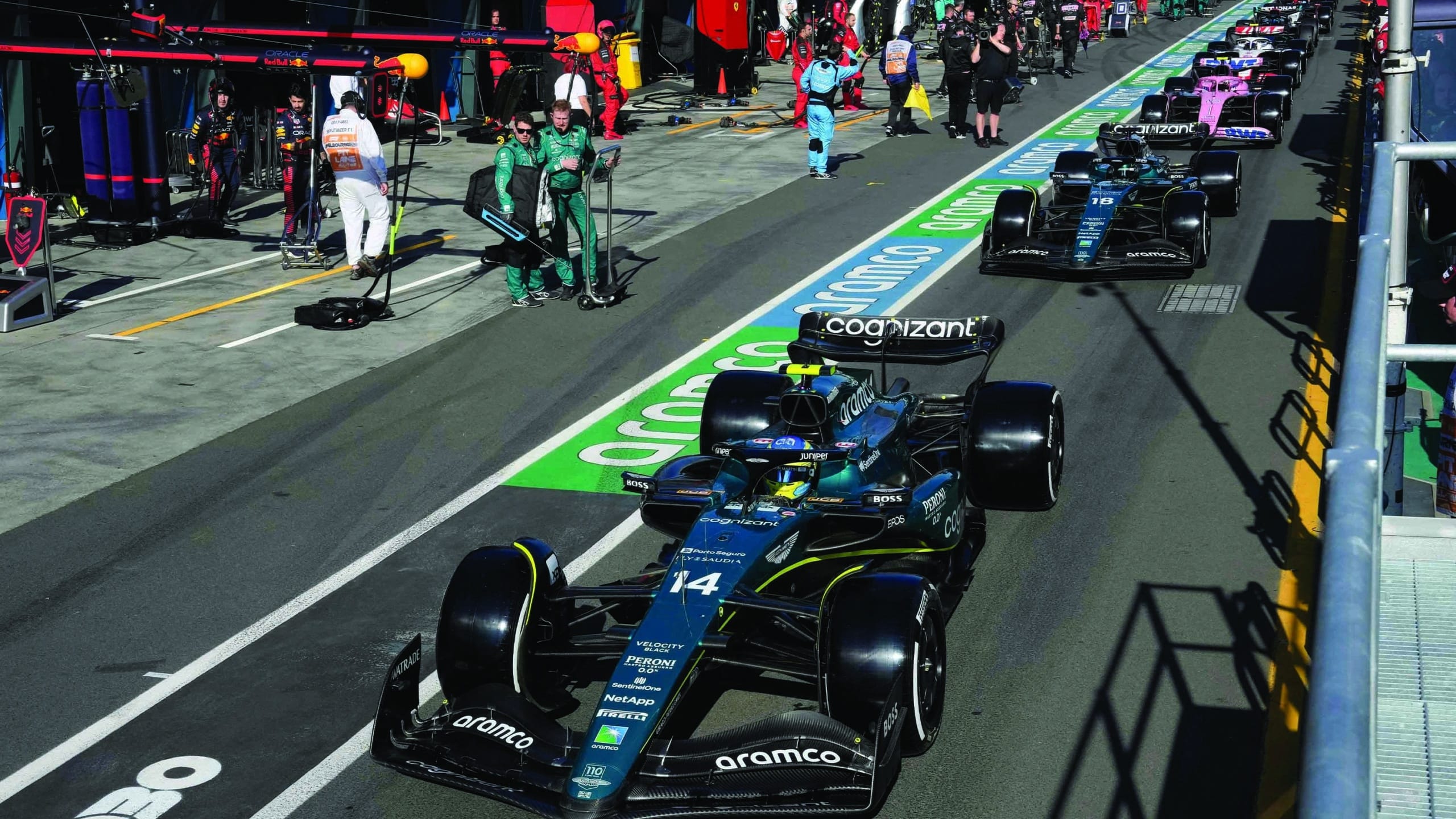
Pitlane procession in Melbourne
Simon Baker/AFP via Getty Images
F1 should be on a roll with record viewing figures, the longest season yet, and Aston Martin joining the podium contenders.
But how many grands prix have we seen the racing overshadowed by investigations, disputes or a flawed process? The debate continues over whether the Australian Grand Prix should have been red-flagged, or whether it would have been better to continue behind the safety car, and Aston Martin’s rear jack operator will still be having nightmares about losing Fernando Alonso his podium place (for a few hours).
Those are just the last two races alone. In recent years, we’ve seen all too many unclear rules and petty disputes, as well as the introduction of a new set of regulations designed to bring the teams closer together — only to see Max Verstappen apparently on course to walk this year’s championship.
Is F1 headed in the wrong direction or does it need a small correction? We’ve assembled several Motor Sport writers to outline how to fix Formula 1.
Red flag rules
Chris Medland
I haven’t got a problem at all with the red flag being used in the way it was in Melbourne if I’m honest, because I also don’t like the way so many laps can be lost behind the safety car and believe that’s exactly how the race would have ended after Kevin Magnussen’s crash too. But what I really don’t like is the ability to make changes to the cars during red flag periods.
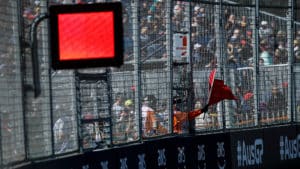
So whenever the red flag is used, I think the race should be completely frozen at that point with every car having to leave the pitlane for the restart in the same state they entered it. If a car wants to enter the pits at the end of the formation lap for changes (a bit like Hungary 2021) then feel free, the race has restarted then, but while it’s red flagged nothing can be touched
Speedier decisions on penalties
Chris Medland
As upset as Carlos Sainz was in Melbourne, the decision to penalise him for the contact with Fernando Alonso before the end of the race was the right one for me. Drivers shouldn’t be provided with multiple opportunities to work out what they want to say in their defence – in which other sports does the referee invite the player who has committed a foul to try and explain their way out of a penalty?
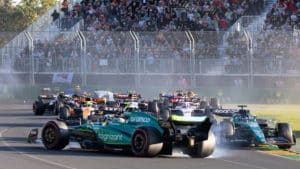
Teams, drivers, fans, us media types – we’ll all have different opinions on decisions and can spend hours upon hours trying to dig up precedents or previous examples, but ultimately it is massively rare for everybody to agree on whether a stewards’ call was right or wrong. Whether that takes five minutes or five hours, not everyone will be happy, so to avoid team managers acting like lawyers all night post-race, let’s just give everyone a smaller timeframe – so obviously erroneous calls can be protested – and get on with the racing – Chris Medland.
Replace DRS with push to pass
James Elson
It’s hard to believe that F1’s Drag Reduction System has now been in place since 2011 – and yet it still seems the aerodynamic device is a problematic system, a solution that addresses more the symptoms rather than the cause of poor racing in the world championship.
DRS allows drivers, when within 1sec of the car ahead, to move an element on the rear wing which reduces drag and therefore allows the overtaking competitor to speed up when in one of the specified ‘DRS’ zones.
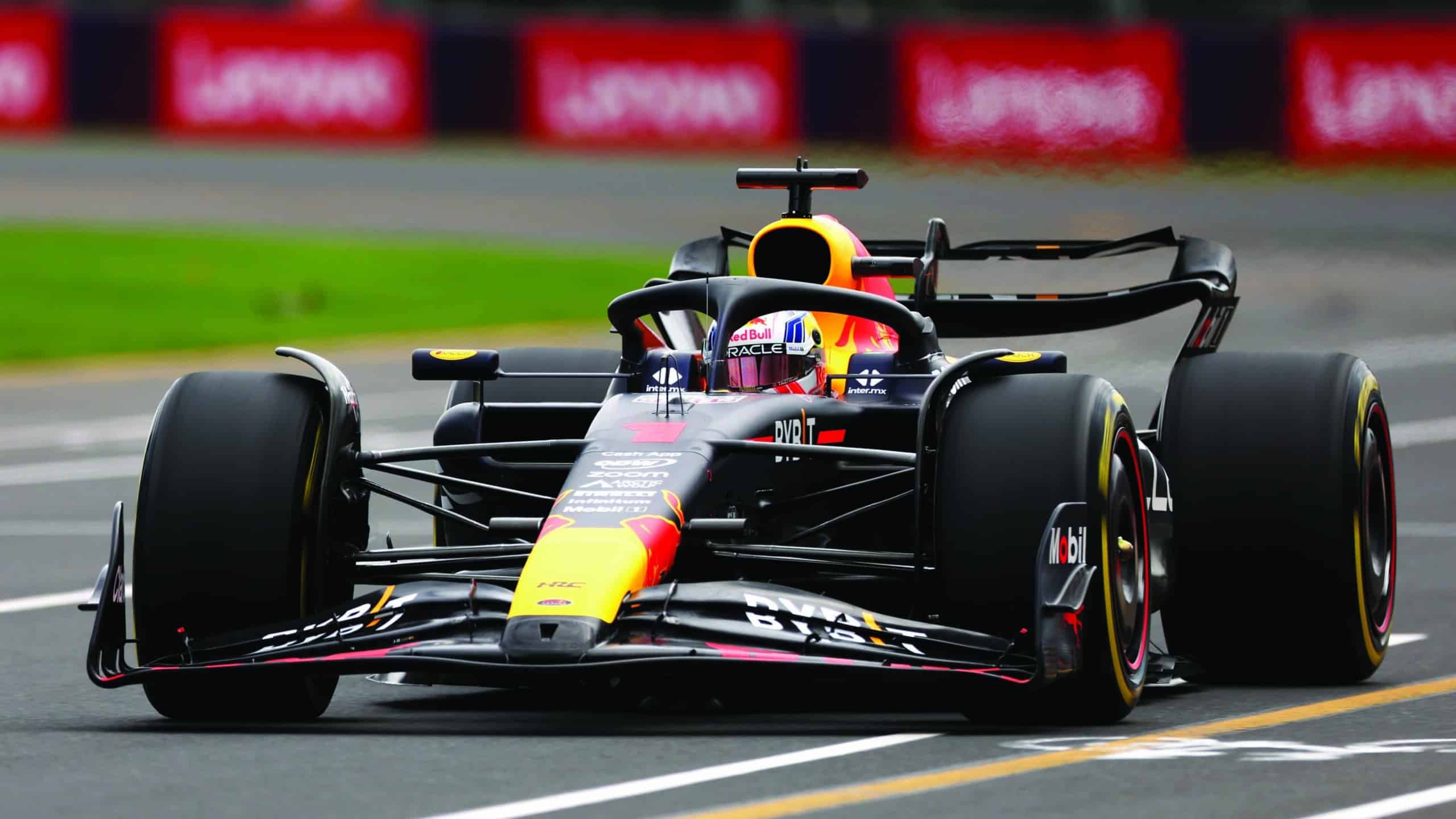
IndyCar offers drivers a ‘push to pass’ power boost rather than F1’s DRS
Red Bull
However, many feel this induces ‘fake’ racing, often allowing the driver behind to breeze past without any real challenge. This has been taken to an extreme recently with Red Bull’s 2023 car, which seems to have a huge speed differential to others when using DRS.
F1 would be far better off emulating IndyCar’s ‘push-to-pass’ (P2P) system. In the US single-seater series, drivers have a button on their steering wheel which gives them 40-50bhp more bhp for 15-20sec. In total, drivers have 150-200sec of boost to use throughout the race.
Not only can competitors use the boost anywhere on the circuit, it can also be used by the defending driver as well as the attacker, making for a much more even playing field when cars do battle.
Surely this would make for better racing in F1 also? Especially with the use of the hybrid units, the increase in power could come from the electrical element.
Remove tyre blankets
James Elson
Another IndyCar suggestion. Though Lewis Hamilton, echoing a view of some other grand prix drivers, recently said that not having tyre blankets would be “dangerous” many other series steer clear of them with no problems at all.
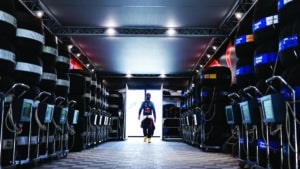
In IndyCar, which does not permit tyre blankets, one of the main challenges for drivers coming out of the pits is to both defend and get their tyres up to temperature. Resulting accidents are rare to non-existent, so there’s no reason to think it would be different in F1. Aren’t grand prix drivers supposed to be the best in the world?
F1 has mooted getting rid of tyre blankets from 2024 in a bid to improve its sustainability, with a crunch vote on the matter from teams happening no later than July 31 – after Pirelli has conducted the requisite tests with new compounds that required for use without tyre blankets.
Give designers more freedom
Gordon Cruickshank
It’s not just absolute speed that thrills – Top Fuel dragsters top 300mph, and max-V at Le Mans beats grands prix peaks. It’s about the closeness, the harassing, the thrilling overtakes. Of course all that happens in an F1 race, but on such a knife edge of performance that it’s barely visible to those of us watching on TV. That has to be a consequence of the regs, more airtight than any spacesuit. Needing to add DRS for excitement is a symbol of failure.
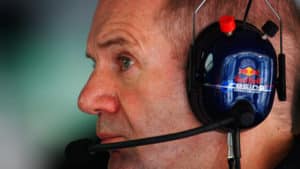
My fix: open up the regulations, allow designers a free hand within a dimension box, limit total aerodynamic area in all orientations, disrupt the flat floor, mandate iron brakes. Less downforce, longer braking times, more opportunities for ingenious designers. God knows what it would do to budgets. And don’t even ask me how to cope with last-minute restarts…
Shake up sprint races
Cambridge Kisby
Sprint races have become a welcome addition to the F1 calendar, but their location and format prevent them from becoming an undeniable success. Deciding which venues hold sprint race weekends should be a simple affair, with the responsibility given to the fans who can vote for their favourite circuits. These short races are ultimately for the fan’s enjoyment, so they should be given some form of input.
One-shot qualifying could also provide a different dynamic to sprint weekends, where drivers are given one flying lap in each qualifying segment to decide their starting position for the sprint. This change would provide a degree of uncertainty for teams and fans alike as well as produce some wild starting orders that would encourage drivers to take more risks with the results of the sprint not affecting the grand prix itself.
Reduce team payments
Dominic Tobin
F1 has rarely looked sillier than in Andretti Autosport’s ongoing attempt to join the series. The bid is backed by motor racing royalty, with a serious budget and support from an automotive giant — all based in a region where F1 is expanding rapidly.
It should be a dream ticket but, as it would be entitled to a share of the profits currently divided between ten teams, the existing constructors aren’t keen.

The Concorde Agreement — the contract between F1, the teams and the FIA — is up for renewal in 2025. At that point, F1’s leaders should decide how many teams they want in races – say 13-15 — and divide the teams’ share of profits on that basis.
Then set out requirements to ensure prospective teams have the right resources, such as a realistic budget and competitive engine supplier and see who wants to join. If there are too many, then bring back pre-qualifying at their own risk – they’ll only get F1 revenue if they make it onto the grid.
Long-lap penalties
Dominic Tobin
Whether you’re a driver, team manager, race director or fan, the two words that you don’t want to hear are ‘track limits’. F1 has tied itself in knots over the issue of drivers gaining an advantage by going off-track and whether they should slow down, let a rival past, or come into the pits for a penalty.
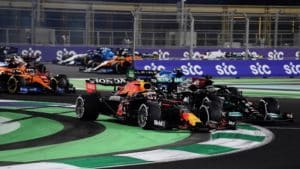
It offers an instant sanction that doesn’t ruin an entire race and can be applied automatically, removing the grey areas: put all four wheels off the track? That’s a long lap penalty costing around 3sec, whether you’re fighting for position or not.
